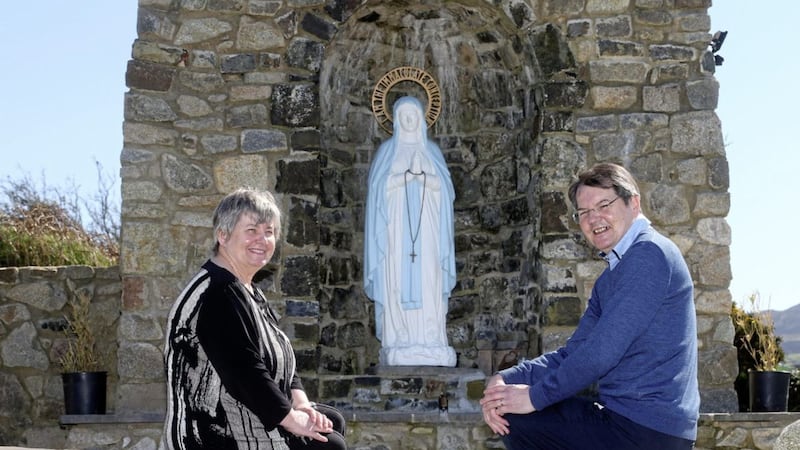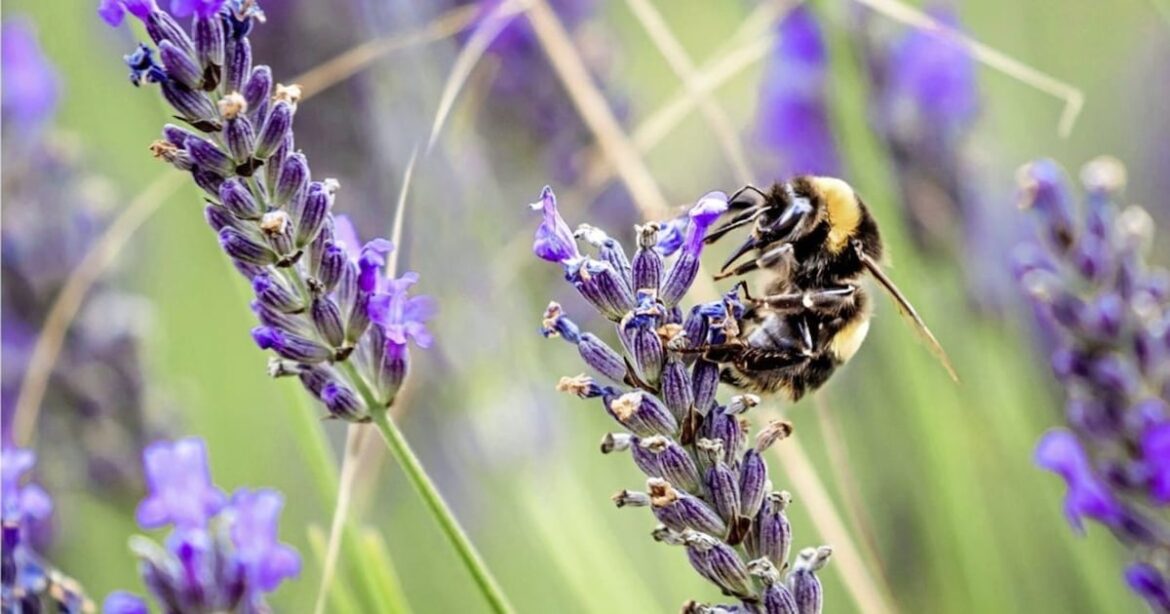You maybe don’t know it yet but you’re garden is an “unsung biodiversity powerhouse” – at least that’s according to the Royal Horticultural Society (RHS)“.
The gardening charity’s ‘Bringing Nature Home’ campaign, an initiative running throughout next year, aims to highlight the key role played by plants (including cultivated varieties) in nature and how gardeners are in the frontline when it comes to protecting biodiversity and combating climate change.
It’s noted how gardeners directly experience the impact of drought, flooding, extreme weather, and through their cultivation of plants, are at the forefront of biodiversity, environmental protection and climate change resilience, with their garden spaces supporting more than 50% of butterflies, amphibians and reptiles, and more than 40% of bird and mammal species.
The RHS believes gardens need statutory recognition as important habitats worth conserving and protecting, reflecting their role as hosts to thousands of species, some still unknown to science. The work of Jennifer Owen, whose studies of her Leicester garden spanned more than three decades, is cited as an illustration of the bioverse richness that can exist in the cultivated plots of land close to people’s homes.

Now in her nineties, from 1972–2002 she recorded 2,673 species: 474 plants, 1,997 insects, 138 other invertebrates, 54 species of birds and seven mammals – all within a patch of land measuring no more than 741sq m.
Each month, Bringing Nature Home will celebrate the so-called RHS Wildlife Wonders, with a star plant lauded for how it supports wildlife.
For example, January’s nominated plant is shrubby honeysuckle (Lornicera), while the chosen theme is bumblebees, which on sunny winter days can emerge from slumber and visit any flowers that are in bloom, such as Mahonia, Christmas rose (Helleborus niger) and crocus.
Other plants to feature over the course of 12 months include Primrose (March), Bronze fennel (July) and in November next year Viburnum opulus – the Guelder rose – which featured on this very page a week ago.
According to the RHS, the ecological role of gardens is undervalued and government needs to acknowledge their true worth and contribution to biodiversity by recognising them as discrete, measurable habitats.
The charity’s 2025 RHS State of Gardening report demonstrated how when combined ‘cultivated plant diversity’ is an area three times bigger than all of Britain’s National Nature Reserves, and that it is a critical, yet under-appreciated resource, supporting human health, biodiversity and climate resilience.
Professor Alistair Griffiths, RHS director of science and collections, says the forthcoming campaign will highlight the important role played by all types of garden, whether it’s a balcony, doorstep, community or school garden, or a small or expansive private garden.
“When people talk about the biodiversity crisis or nature loss they generally think about loss of wild plants or wildlife, they rarely think how cultivated plants and trees are also at risk and make a significant positive impact to our lives and our damaged planet,” he says.
Professor Griff – as he’s perhaps known to his friends – says “urgent action” is required.
“We risk losing irreplaceable plants, which are not just ornamental; they’re vital for climate resilience, biodiversity, and human wellbeing,” he says.
“Through Bringing Nature Home, we will be championing how future-proofing our gardens by identifying climate-resilient species, preserving propagation knowledge, and embedding cultivated plants and their conservation into government biodiversity and climate strategies is essential to ensure this diversity survives and thrives in a changing world.”


Comments are closed.